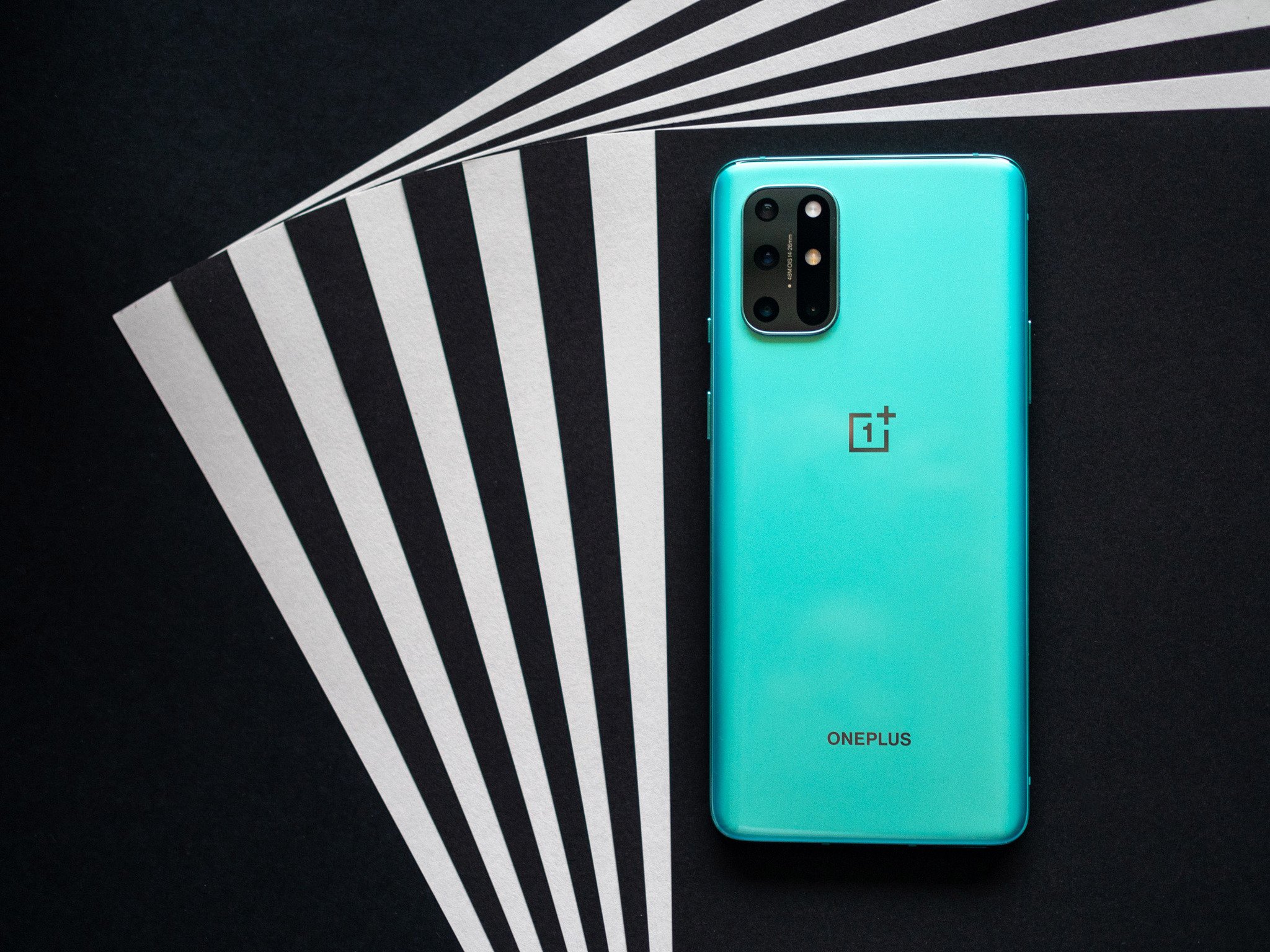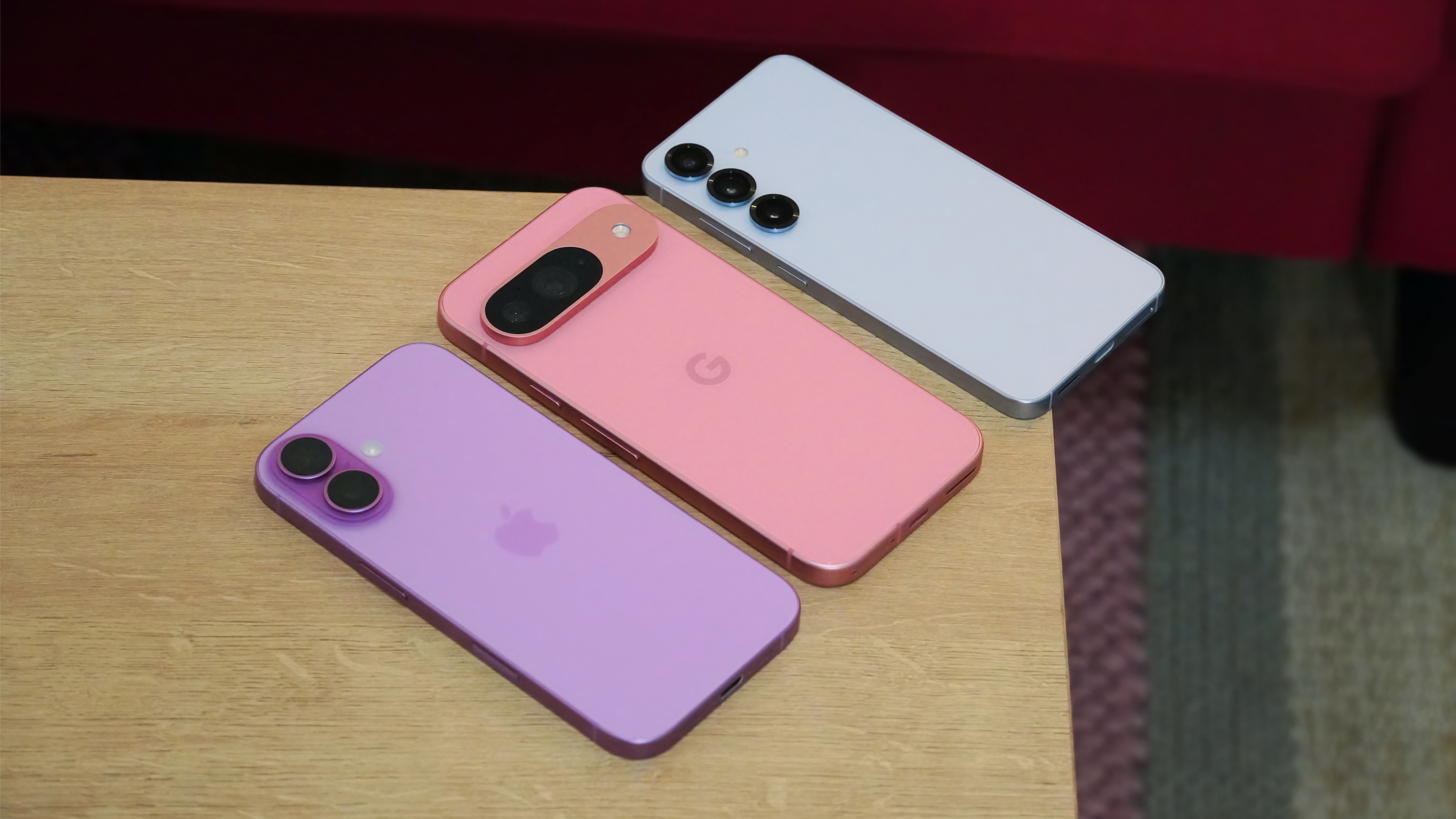OnePlus merging R&D with OPPO is the only way it can scale — and win

OnePlus started out over seven years ago, and in that time it has launched some of the best Android phones we've seen. Normally, it isn't feasible for a new entrant to gain momentum in the smartphone industry without significant capital, and even then there's no guarantee that things will work out — just look at Nextbit and Essential.
In OnePlus' case, the company turned to OPPO from the very beginning for its manufacturing needs. While OnePlus dominates the mind share, its annual sales units are still around the 5-million figure. OPPO, meanwhile, has sold over 100 million phones in 2020 — or 20 times more than OnePlus.
OnePlus has always relied on OPPO for manufacturing its phones.
It is OPPO's scale that has allowed OnePlus to take on Xiaomi and Samsung in the mid-range segment. To this day, all OnePlus phones are manufactured at OPPO's facilities, and without that backing, OnePlus as an entity would not exist. Both OnePlus and OPPO are a part of BBK Electronics, which also counts Vivo and Realme as its companies.
Although OnePlus always leveraged OPPO's manufacturing facilities, it differentiated its products with unique designs and great software in the form of OxygenOS. Both companies had distinct R&D facilities that worked on everything from camera tuning, feature localization, and hardware efforts.
But over the last 12 months, OnePlus has become more enmeshed with OPPO, with cofounder Pete Lau heading into a new role overseeing "brand synergy" for OPlus, a holding company that is now a majority shareholder of OPPO, OnePlus, and Realme. The change comes with a new direction for OnePlus — as we've seen with the introduction of the Nord N10 and N100 — and now, OnePlus has announced that it is pooling its R&D resources with OPPO:
To better maximize resources and further position OnePlus for growth, we are in the process of further integrating some R&D capabilities within OPLUS, our long-term investor.OnePlus will continue operating independently and working to deliver the best possible user experience for existing and future OnePlus users.
Why is OnePlus making the change? There are a few possible reasons. The company set up a camera testing facility in Taiwan a few years ago, but it wasn't able to make up a lot of ground against Samsung and Google in this area. OPPO, however, has focused on camera innovation from the beginning, and its phones constantly deliver better photos than their OnePlus counterparts.
Lau committed to fix the camera issues on OnePlus phones this year, and the easiest way to do that would be to leverage OPPO's know-how. Sharing R&D resources allows OnePlus to make more meaningful strides in this area.
Be an expert in 5 minutes
Get the latest news from Android Central, your trusted companion in the world of Android
OnePlus benefits from OPPO's camera innovations, and OPPO now has a proxy in North America.
Then there's the fact that out of all the BBK companies, only OnePlus has an official presence in North America. While OPPO has turned its attention to the UK and other Western markets in the last three years, OnePlus has always been a global player. As a result, it is now using its leverage to make its foray into the budget segment with the Nord N10 5G and N100.
The Nord N10 and N100 don't resemble OnePlus phones because they're essentially rebranded OPPO devices. The N100 is essentially a OPPO A53 with a OnePlus label, and the N10 5G uses a lot of the same parts but has a 5G-enabled Snapdragon 690 chipset. OPPO is effectively acting as a turnkey provider for OnePlus here, and it isn't just for phones.
The OnePlus Band — the company's first wearable — is nothing but a rebrand of the OPPO Band; it even shares the exact same interface for the companion app.
While OnePlus started out as a company that catered to power users, it is targeting a more mainstream audience as it looks to scale. To do that successfully, it needs a portfolio of devices in the budget segment and a large R&D team for tuning cameras and adding new features. By pooling its resources with OPPO, it now has both of those things.

The new standard for performance
With a new design backed by a gorgeous 120Hz AMOLED display and blazing-fast 65W fast charging, the OnePlus 8T is packed with exciting upgrades. The phone runs Android 11 out of the box, has a ton of software features, and comes with 5G connectivity and 12GB of RAM and 256GB of storage as standard.

Harish Jonnalagadda is Android Central's Senior Editor overseeing mobile coverage. In his current role, he leads the site's coverage of Chinese phone brands, networking products, and AV gear. He has been testing phones for over a decade, and has extensive experience in mobile hardware and the global semiconductor industry. Contact him on Twitter at @chunkynerd.
